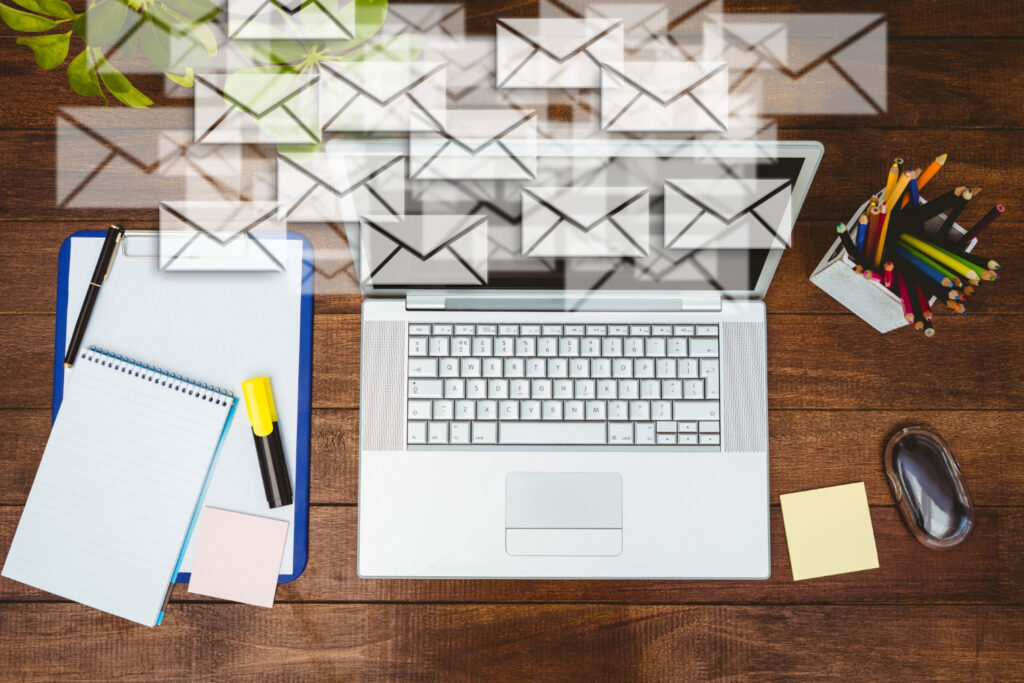Email marketing is a crucial component of a successful SaaS start-up’s growth strategy. It’s an effective way to acquire and retain customers, keep them engaged with your brand, and encourage them to upgrade to premium plans. However, sending emails to your target audience is not enough; you also need to ensure your emails are being delivered to their inboxes. Unfortunately, many SaaS start-ups end up in spam filters, significantly reducing their email deliverability and potentially damaging their reputation. In this article, we’ll explore some of the common reasons why SaaS start-ups end up in spam filters and provide practical tips for preventing it from happening to your business.
Overusing promotional language
One of the most common reasons why SaaS start-ups end up in spam filters is overusing promotional language in their emails. Phrases like “buy now,” “limited time offer,” and “discount” can trigger spam filters and cause your emails to be marked as spam. While it’s essential to communicate the value of your product and encourage conversions, you need to strike a balance between promoting your product and avoiding overly promotional language.
Tip: Use a spam filter checker tool to identify any promotional language in your emails before you hit send.
Poor list hygiene
Another reason why SaaS start-ups end up in spam filters is poor list hygiene. If you’re sending emails to subscribers who haven’t engaged with your brand in a while, their email addresses may have become inactive, or worse, they may have marked your emails as spam. Continuously sending emails to inactive subscribers can hurt your email deliverability and cause your emails to be marked as spam.
Tip: Regularly clean up your email list by removing inactive subscribers and subscribers who have marked your emails as spam.
Using a generic sender name
When you send an email, your subscribers see your sender name, which should ideally be your brand name. However, some SaaS start-ups use generic sender names like “[email protected]” or “[email protected].” Using a generic sender name can make your emails look spammy and cause them to be marked as spam.
Tip: Use your brand name as the sender name to make your emails look more authentic and trustworthy.
Poor email authentication
Email authentication is the process of verifying that an email is sent from a legitimate source. If your emails fail email authentication checks, they may end up in spam filters. There are three primary email authentication protocols: Sender Policy Framework (SPF), DomainKeys Identified Mail (DKIM), and Domain-based Message Authentication, Reporting, and Conformance (DMARC). Implementing these protocols can significantly improve your email deliverability.
Tip: Implement SPF, DKIM, and DMARC to improve your email authentication and prevent your emails from being marked as spam.
Sending too many emails
Sending too many emails in a short period can also cause your emails to be marked as spam. When subscribers receive too many emails from the same sender in a short time, they may assume they’re receiving spam and mark your emails as spam.
Tip: Set a reasonable email frequency and stick to it. You can also segment your email list and send targeted emails to specific groups of subscribers to reduce the number of emails you send to each subscriber.
Conclusion
In conclusion, SaaS start-ups need to take proactive steps to prevent their emails from being marked as spam. By avoiding promotional language, maintaining good list hygiene, using a brand name as the sender name, implementing email authentication protocols, and sending a reasonable number of emails, you can significantly improve your email deliverability and avoid the dreaded spam folder.
Get in touch with the Gignaut team today to start measuring and improving your marketing efforts.
Check the B2B SaaS Marketing Handbook to learn more.




